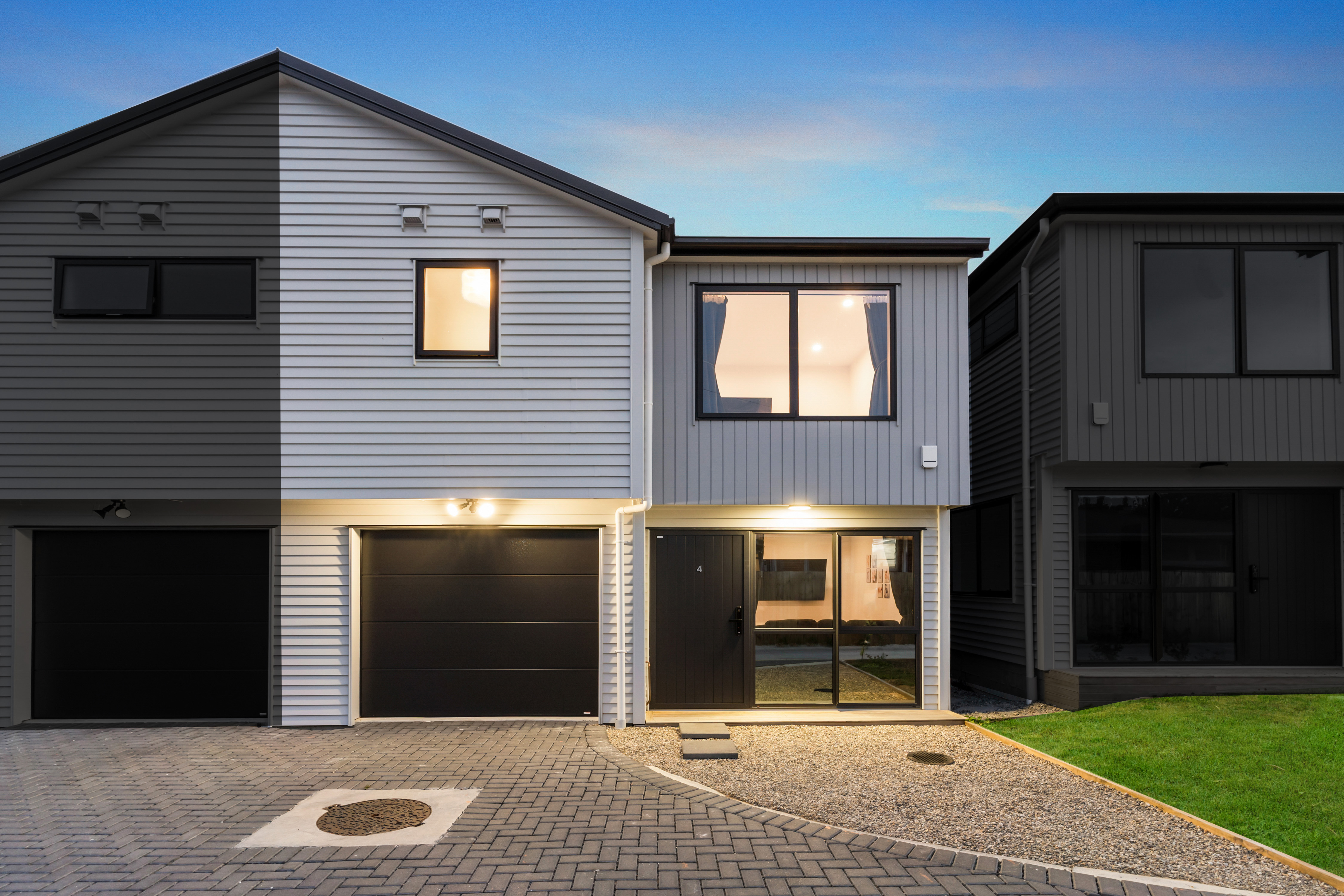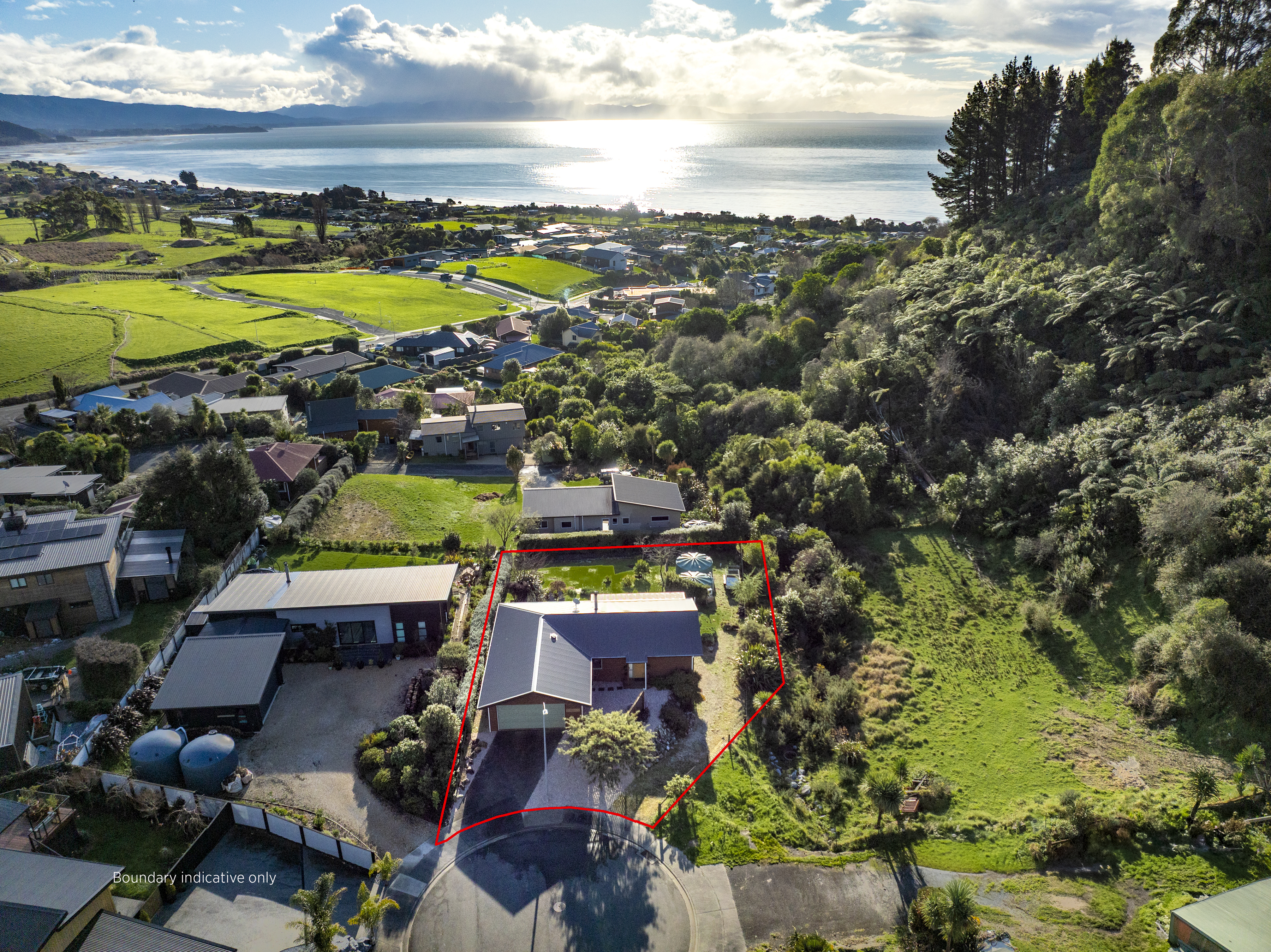Over the past five years, the value of two bedroom houses has grown by more than those in the 4-6 bedroom category across the majority of the country. Given the smaller deposits required in these times of low affordability and restricted credit flows, this pattern of value growth seems logical.
Anecdotally, we’ve all heard that smaller properties have been outperforming bigger properties recently, which seems to make sense. After all, although a bank may not necessarily have a clear preference for one big loan against one property or several smaller loans to a larger number of properties, the higher entry point for bigger properties will theoretically still be dampening buyer demand and any upwards pressure on values.
Experience tells us that it’s always good to test the anecdotes with hard data and, in this case, the data confirms the chatter. Focusing only on houses (not apartments or flats) and whittling out the smaller districts, very few of our remaining 48 areas have seen values for large properties grow significantly more than values for smaller properties since 2013. Only in the Southland and Waikato districts, along with Auckland’s North Shore, have 4-6 bedroom houses recorded value growth more than 10%-points above two-bedroom houses.
Start your property search
North Shore is an interesting area. There, the approximately 29,000 4-6 bedroom houses outweigh the stock of two-bedroom houses by almost 3 to 1. In the Southland and Waikato districts, the balance of 4-6 bedroom and two-bedroom houses is pretty much even. In other words, North Shore has a relatively high supply of bigger houses and, even despite that, the values for these larger properties have still grown strongly. This will reflect such things as the affluence of buyers in this market and their demand for family-sized space.
By contrast with those few parts of the country, there are several more districts where two-bedroom house values have grown by at least 10%-points more than 4-6 bedroom values. The biggest gap of -26%-points is in Rotorua district (shown on the right-hand side of the first chart), where two-bedroom median values have risen by 102% over the past five years, but 4-6 bedroom house values have recorded a 76% increase.
Looking at our CoreLogic buyer classification dataset for NZ as a whole, we can also see that the share of 4-6 bedroom house purchases going to mortgaged multiple property owners (MPOs) – i.e. a typical investor – has been where the biggest changes have occurred. From almost 27% in 2013, their share has dipped to 22.6% now (2018 to date), with the dip coming pretty evenly around the main centres and most notably after LVR III (October 2016). Movers at 36.7% and first home buyers (FHBs) at 17.8% (2018 to date) have gradually increased their market shares* for big houses over the same period.
Given the difficulty of raising a deposit, it wouldn’t be much of a surprise to see the values for smaller properties continue to perform a little better than bigger houses into 2019.
Kelvin Davison is senior researcher at CoreLogic NZ













































































